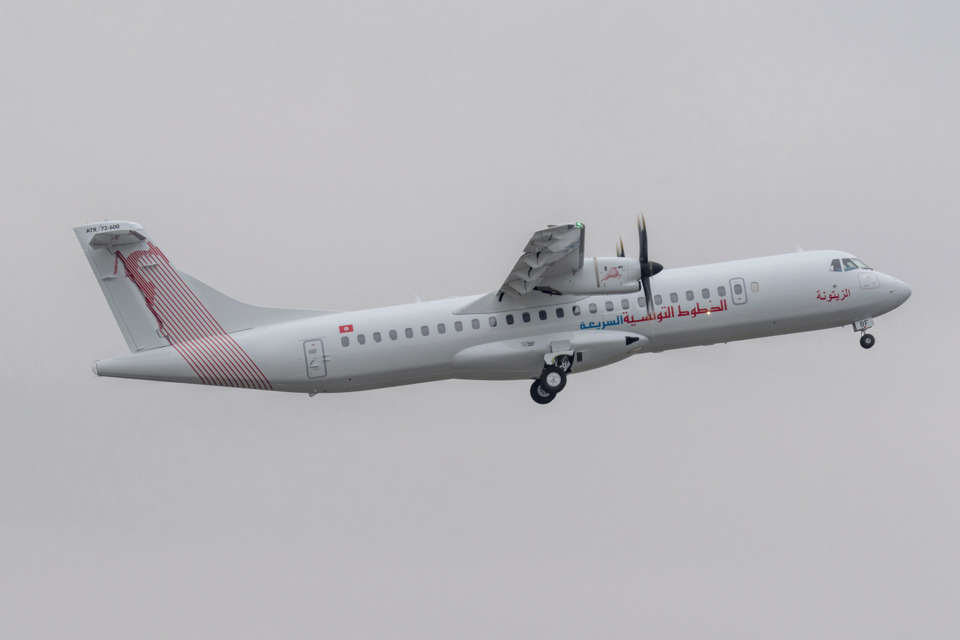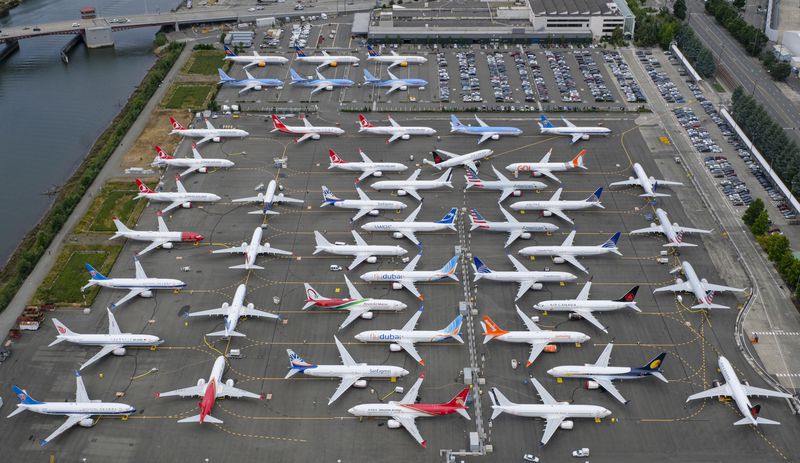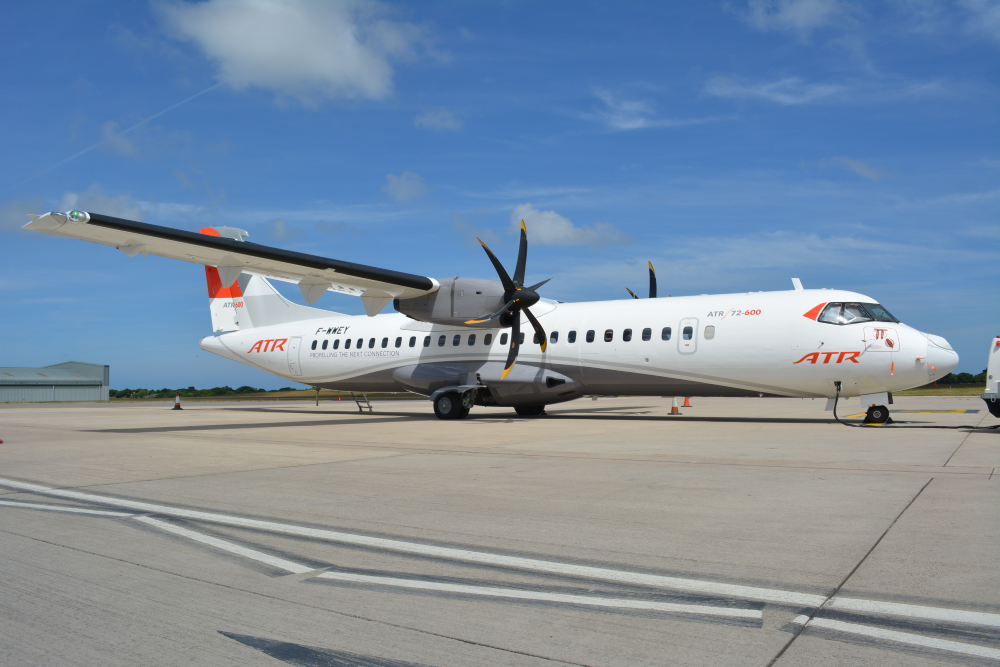
Alstom’s fleet of 25 Avelia AGV very-high-speed trains operating in Italy has travelled a total of more than 100 million kilometres since entering service in April 2012, owned and operated under the service name Italo by Italo-Nuovo Trasporto Viaggiatori, the first private high-speed operator in Europe.
Italo, with its fleet composed of Avelia AGVs and Avelia Pendolinos, covers the entire national area served by high speed line, connecting a total of 25 Italian cities and 30 railway stations with 116 daily services.
“We are immensely proud that our trains have covered such a distance and transported so many passengers since beginning service. Add to that the Avelia Pendolino trains more recently delivered to NTV, and we have proof of the importance of high-speed rail services and Alstom’s unique ability to accompany its customers in the domain,” said Laurent Jarsalé, Vice-President of Alstom’s Mainlines Platform.
The Avelia AGV trains themselves run at speeds of 300km/h with the highest level of safety and comfort, thanks to an articulated architecture designed for very high speeds. The eleven-car configuration results in trains that are over 200 metres in length.
Passenger experience is at the centre of the Avelia AGV design. The train offers 100 mm of additional interior body width compared to conventional non-articulated very-high-speed trains and a bright interior thanks to the largest windows on the very high speed market. Passengers experience quiet and smooth travelling conditions – a result of bogies being placed between the cars.
The train also boasts long-term operational and financial benefits for the operator. This includes 15 to 30% less energy consumption compared to conventional non-articulated very-high-speed trains thanks to its lightweight, aerodynamic design and braking energy recovery. Maintenance costs are also up to 10% lower than non-articulated trains. The Avelia AGV is fully adaptable to operating needs: flexible configurations from 7 to 14 cars, and trainsets designed like a hollow tube that can be effortlessly fitted and refitted according to changing passenger requirements throughout the train’s 30-year lifespan.









